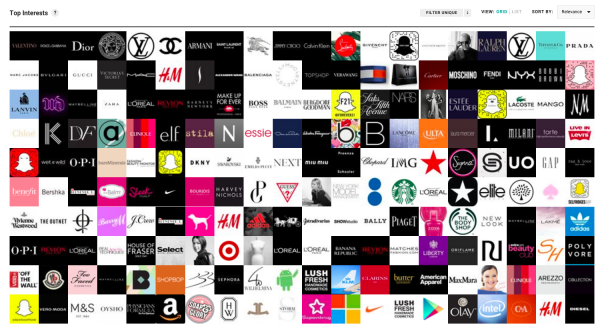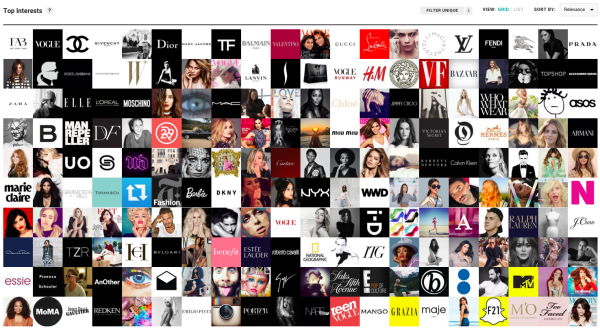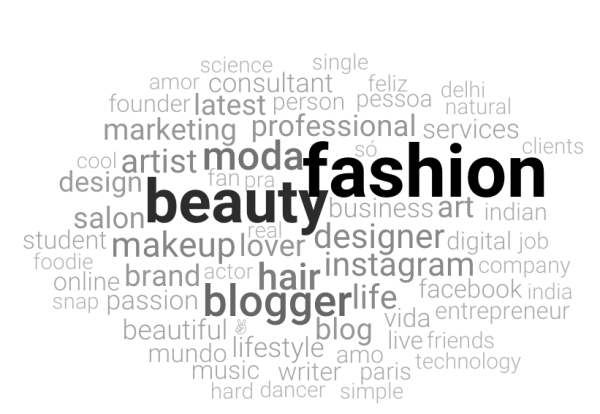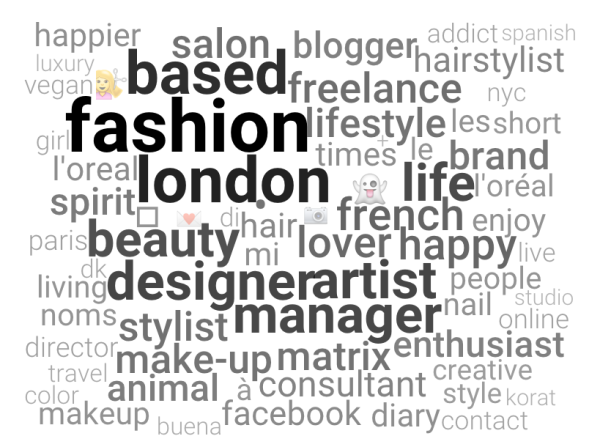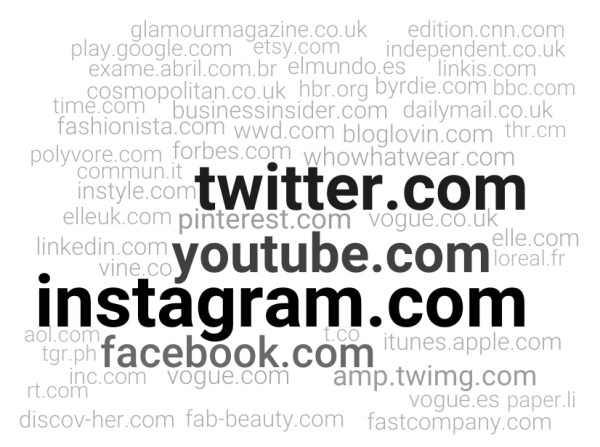The rise of unbranding
Many marketers are puzzled by the question, “Why would a brand create content and not take credit for it?” In an industry that prioritizes ROI, brand recognition, and awareness, the rise of the ‘unbranded content’ strategy has taken many by surprise. This means content made by a brand that includes no logos, no product mentions, and no fine print.
To many this seems like a perplexing strategy, yet companies like L’Oréal Cosmetics, who recently launched FAB-Beauty.com, an unbranded website that focuses on the beauty industry, are embracing it. FAB-Beauty, which stands for Flair, Artistry, and Beauty, is essentially an online magazine that shares beauty secrets from professionals around the world.
What’s puzzling is if brands aren’t pushing their own name or products, and are even highlighting their competitors, how well are they actually performing with their key audience segments? Are they resonating and influencing the consumer?To begin to understand the benefits of “unbranding,” I decided to analyze the audience following FAB-Beauty on Twitter and Instagram, using the Affinio platform, to see if L’Oréal is resonating amongst its communities. (Affinio is the audience intelligence platform, learn more here).
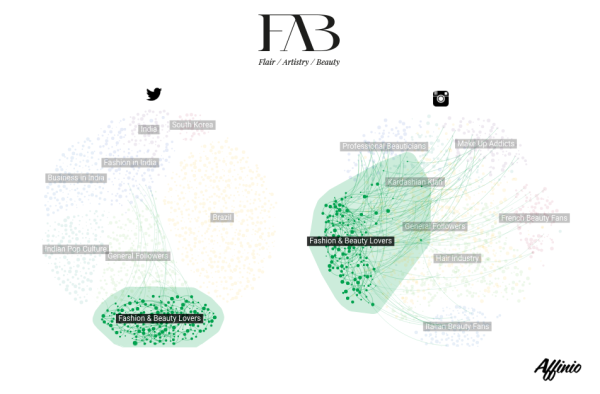
Using the ‘Interests’ tab on the Affinio platform, I was able to quickly uncover what brands, celebrities, and media sources matter most to the FAB-Beauty audience on both Twitter and Instagram.
In looking at the top 200 brands that are most relevant to an interest-based group of “Beauty & Fashion” fans, some of L’Oréal’s owned accounts appear such as L’Oréal Paris USA, L’Oréal Paris India, and the L’Oréal Group.
However, when looking at the performance of L’Oréal amongst the top 200 overall interests of the “Fashion & Beauty” community, only L’Oréal Paris USA appears at no. 83.
While the data showcases that the L’Oréal brands are still resonating with the Fashion & Beauty tribe following FAB-Beauty, they are not performing as well as other beauty brands such as MAC Cosmetics, Sephora, NYX Cosmetics, andBenefit.
The results found on Instagram were similar. In looking at the top 200 overall interests of the “Fashion & Beauty” community, the L’Oréal owned account L’Oréal Paris Official appears at no. 44. Other beauty accounts such as Sephora place ahead of L’Oréal in terms of their relevance.
L’Oréal is a step ahead – the benefit behind the unbrand
While L’Oréal may not appear as one of the most influential brands in these audiences, this is not a cause for concern. In fact, I believe L’Oréal sees a much bigger picture. L’Oréal not only understands the benefits of publishing unbranded content but is able to reap them. A website like FAB-Beauty, which positions itself as “a window onto beauty from all over the world,” is an unbiased platform where consumers can go to learn about trends in an area they are genuinely interested in, without being pitched to. It is this absence of “advertising” that will leave consumers coming back for more.
As highlighted in an article in PR Week, Mitzi Emrich, the chief social strategist at MWW, says unbranded content “must add value to a consumer’s life”. FAB-Beauty is a shining example of this, and brings the professional beauty world to the general public in various formats and contents, including videos, illustrations, and articles. L’Oréal is positioning themselves as an industry thought-leader by leveraging this important trend.
The clear benefit for brands is an unlimited access to a pool of general industry data, all pulled from an owned-media property. Unlike analyzing a brand’s actual audience, by looking at an unbranded media source, L’Oréal will be able to extract insights on general beauty fans – who may not have ever purchased or been attracted to L’Oréal before. By understanding the culture of the industry, L’Oréal can use this pool of cultural insights to make better strategic decisions in all avenues of their business; from product design and offering, to testing new marketing initiatives. As highlighted by Douglas Holt in his article Branding in the Age of Social Media,“brands succeed when they break through in culture.”
Unbranded content provides invaluable insights
To showcase the types of insights that can be pulled from unbranded content, I have highlighted below some of those which were found using the Affinio platform. These insights include how fans self-describe, what content they care about, and what other domains they love.
How the Twitter Fashion & Beauty Cluster Self-Describes
How the Instagram Fashion & Beauty Cluster Self-Describes
Top Shared Content by Twitter Fashion & Beauty Cluster
The sexiest smoky eyes of the #Oscars red carpet: https://t.co/DZSLlEmHH6 pic.twitter.com/jMWdsjUtXS
— Glamour (@glamourmag) February 29, 2016
Iconic red lips are sexy & classic, but to switch it up, I love a fuchsia
or tangerine #PatsBeautyFlash— Pat McGrath (@patmcgrathreal) March 1, 2016
We challenge you to change your life AND style with this French wardrobe plan: https://t.co/n8wXDsn4of pic.twitter.com/wtXO1hhVOb
— Who What Wear (@WhoWhatWear) February 20, 2016
Top Shared Content by Instagram Fashion & Beauty Cluster
Top Shared Domains by Twitter Fashion & Beauty Cluster
As can be seen, the insights that can be extracted from a community like FAB-Beauty are invaluable and provide an inside-look into the industry these followers know and love. While L’Oréal might not be gaining a large amount of brand recognition amongst this audience, in the long-term they will ideally leverage these insights and create data-driven strategies to further promote their product and brand to new fashion and beauty fans. As written by our friend, Mark Schaefer, in The Business Case for Unbranded Content, “unbranded content places the focus on the content, the story, the viewer – which is where it should have been all along”.
Bravo, L’Oréal!
Originally posted on the Affinio blog, “Does Unbranded Content Really Work? Using Social Data to Understand the Trend“.

